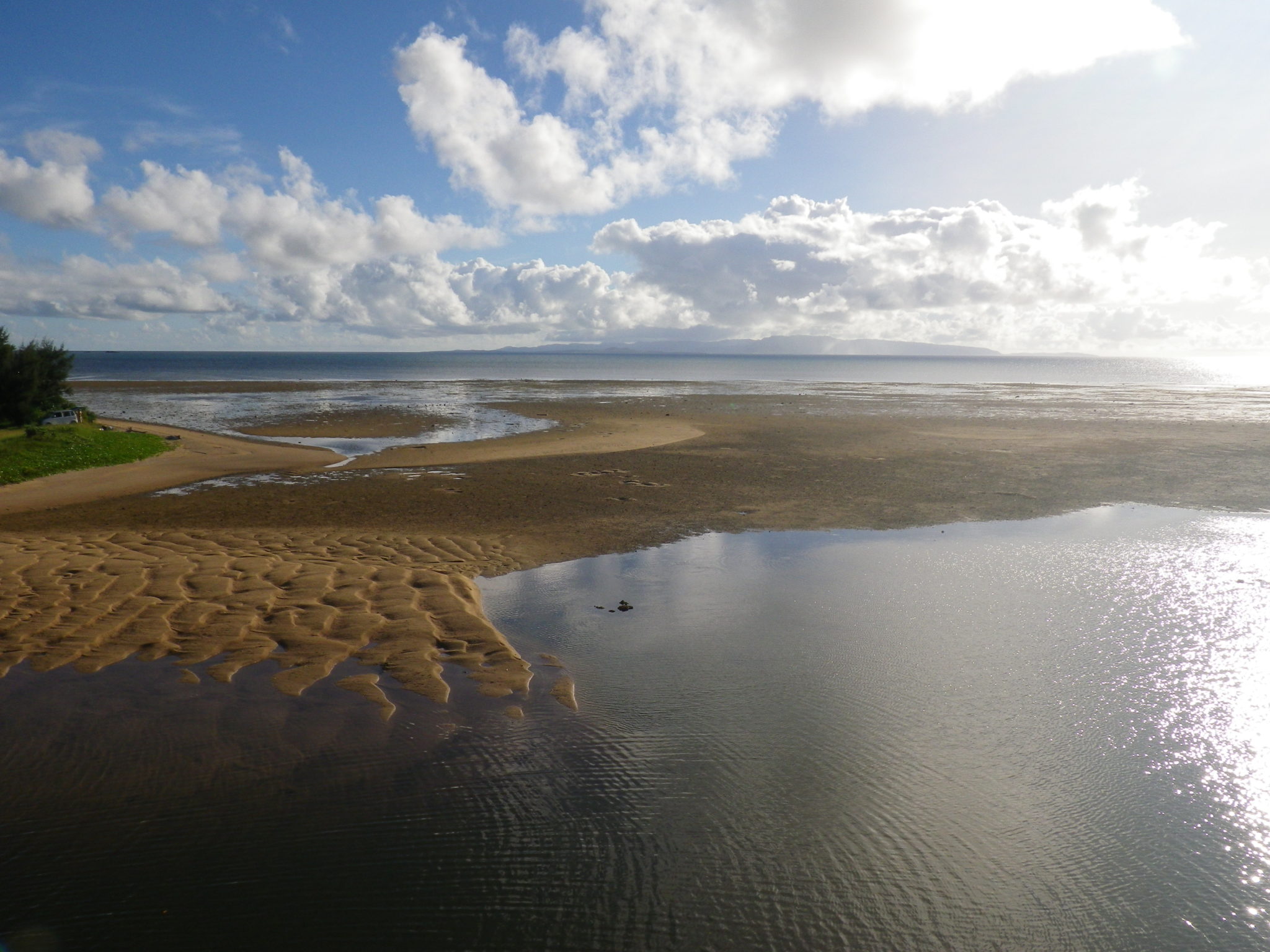
Vibrant Coasts and Deltas
Mangroves, mudflats, saltmarshes and sea grasses in deltas and along the coast provide millions of people with a vital source of income and protect them from the ravages of storms and floods. As such they are the basis for safety and of a prosperous economy in both cities and rural areas. By conserving and restoring these wetlands we work towards resilient coastal landscapes and the protection of their unique biodiversity.
Coastal wetlands serve as nursery grounds for fish, provide water for agriculture, build up soils, protect against storms, store tremendous amounts of carbon, and provide timber and medical plants. Bridging the land and the sea, they are home to a large number of plants and animals.
Unfortunately, more than 60% of coastal wetlands have already been severely degraded. Losses from infrastructure developments are multiplying rapidly. As a result the collapse of natural resources, as well as hazards such as erosion coastal flooding and saline intrusion increasingly affect the resilience of coastal populations. Impacts of climate change add to this vulnerability mix, particularly in low-lying areas.
How do we sustain the valuable resources that coastal wetlands provide? How can we integrate ecosystem management in strategies for disaster risk reduction and climate change adaptation? And how do we align conservation targets with objectives for development and economic growth in these densely populated regions?
Our strategy is first of all to look at coastal wetlands in their wider context. To understand how they connect to the marine environment and with areas upstream. To understand how threats emerge in these wider landscapes and to illustrate how coastal wetlands provide values that span far beyond their own boundaries. We do so in collaboration with all stakeholders that play a role in these complex environments.
One of the pillars of our work is to protect high value and reasonably intact coastal and delta wetlands that are under threat. In rural areas that are intensively used, for example for rice and aquaculture production, we aim to demonstrate how maintenance and restoration of coastal ecosystems can contribute to sustainable economic growth and increased resilience. In heavily degraded and modified areas, such as eroding rural coasts and urban conglomerates we promote the use of green infrastructure or ‘Building with Nature´ as an innovative and effective approach to realise safe and productive coastlines. In delta regions we promote a combination of the above, by supporting integrated coastal resources management approaches.
As always, we link communities, government agencies and private sector in trainings, joint dialogues and planning and spark interest for replication and scaling up our work.
